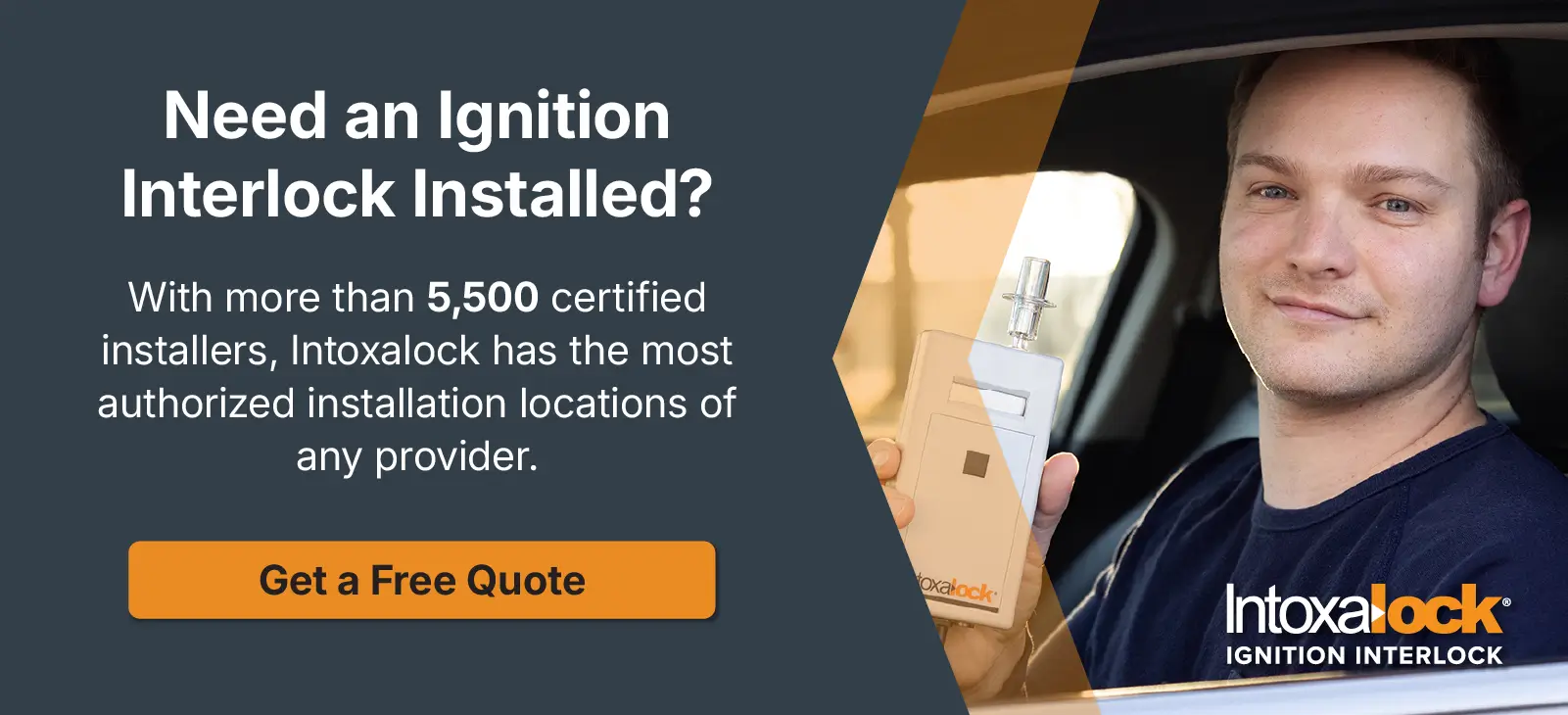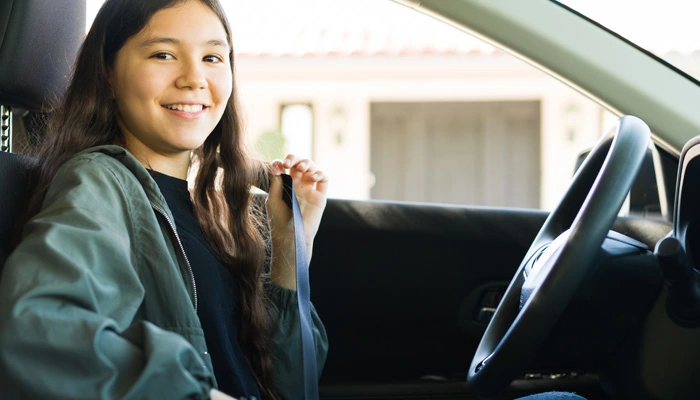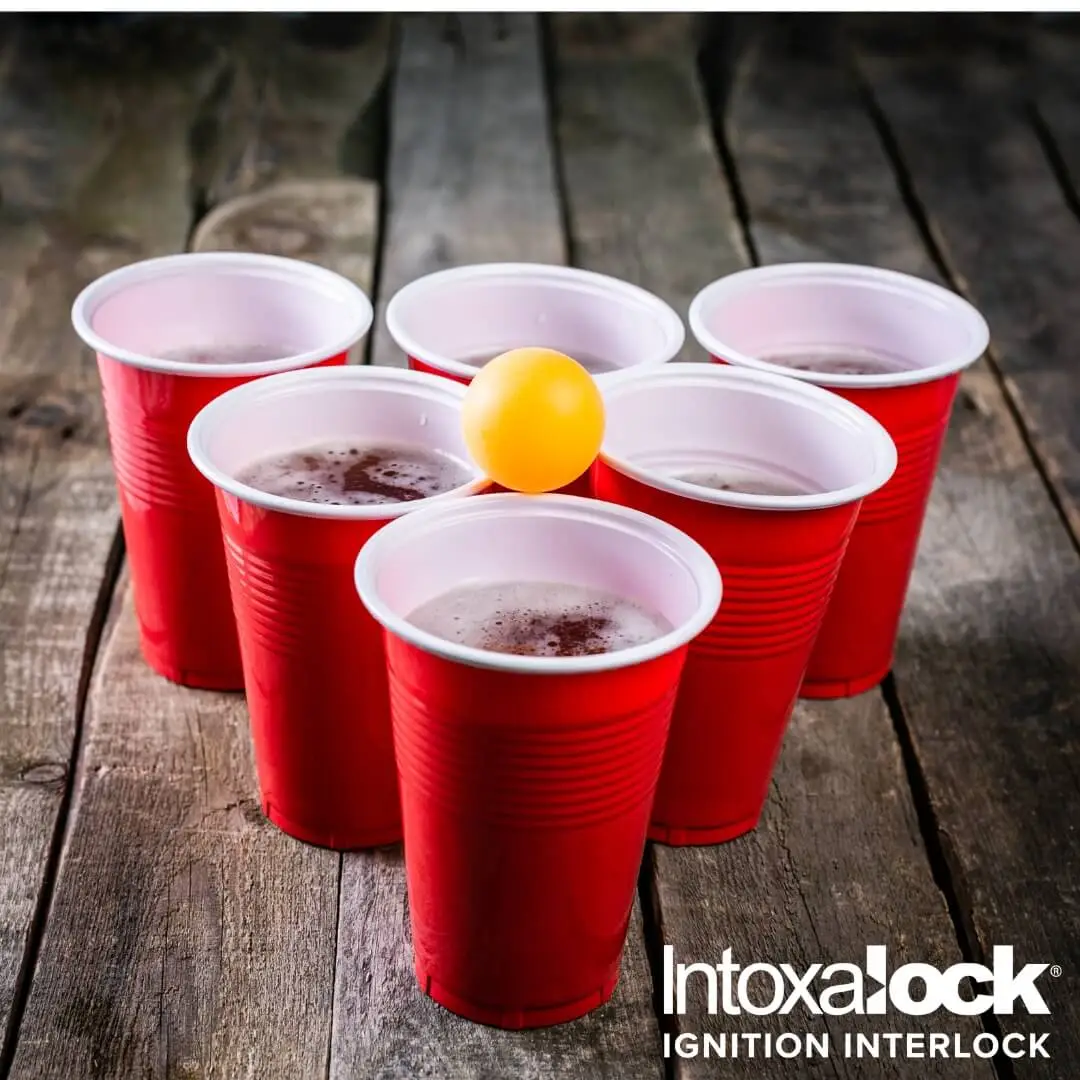Alternatives to an Ignition Interlock Device
While IIDs have been held up as the most effective tool to keeping impaired drivers off the road to date, there are other alternatives in use. Let’s take a look at some of those ignition interlock device alternatives that a handful of states use in an effort to prevent drunk driving.
The State of Drunk Driving
Drunken or impaired driving continues to be a deadly threat to Americans despite prevention methods and state and federal laws that prohibit drunk driving and penalize offenders. Drunk driving statistics show that nearly 29 people die each day as a result of vehicular crashes that involve drunken driving, according to the Centers for Disease Control and Prevention.
In 2016, alcohol-impaired driving crashes accounted for 28 percent of all traffic-related deaths. Drugs and other substances were involved in about 16 percent of vehicle crashes.
Most states have some form of ignition interlock device (IID) requirements in place for those convicted of drunk driving. IIDs require drivers to blow into the mouthpiece, which measures a person’s breath alcohol concentration (BrAC). The device allows drivers to start the vehicle only if their BrAC is below a set limit.
Drivers Education Programs
Education programs may discourage drivers from operating a vehicle while impaired in the future, but they don’t stop drunk drivers in the moment — especially those who habitually drive drunk. Comparatively, these programs have been more effective when paired with an IID requirement. Due to these findings, these programs are not utilized as standalone alternatives to IID requirements.
Sobriety Programs
Drug and alcohol rehabilitation centers offer more intensive inpatient treatment, during which a person stays within the facility and participates in the program. Outpatient treatment allows patients to participate in the program during specific times.
The goal for patients is to receive more intensive therapy to address issues that cause substance abuse. Some states have state-funded drug and alcohol rehab programs for those who cannot afford to stay in the private facilities.
These programs can provide habitual offenders with a support system and behavioral techniques to prevent them from driving drunk or under the influence of alcohol in the future.
However, sobriety programs — even state-funded options — can be costly, and patients must qualify for state-funded programs. Additionally, some states do not offer that option.
States that do offer a state-funded sobriety programs often have limited resources, which means they could have outdated treatment techniques and little capacity. Patients who may need urgent intervention could find themselves on a long waiting list.
Periodic Alcohol Monitoring
Some states require those convicted of a drunk driving to abstain from alcohol and to wear an alcohol monitor such as an ankle bracelet that periodically measures alcohol levels from the wearer’s skin.
The devices, also referred to as transdermal alcohol monitoring or by other brand names, are most often worn as an ankle bracelet. They are designed detect alcohol consumption 24 hours a day.
Using fuel cell technology, these periodic monitors usually take a sample of the wearer’s sweat every 30 minutes. The device analyzes the sweat and records findings to be examined later.
While the device monitors for violations, it does not stop someone immediately from drinking alcohol and getting behind the wheel.
Sobriety Checkpoints Can Save Lives - If Used
Law enforcement officials may use sobriety or DUI checkpoints to catch those operating a vehicle while impaired. To do this, officers are stationed on a specific roadway to check drivers for signs of impairment.
However, only 37 states allow officials to use sobriety checkpoints. Other states prohibit them or do not have clear laws on the method, according to the Governors Highway Safety Association.
Sobriety checkpoints save lives and are a good method for catching drunk drivers. Learn more about how these checkpoints catch drunk drivers on the road and complement the use of ignition interlock devices.
Top Endorsed Drunk Driving Solution
Ignition interlock devices are the only solution that prevents a vehicle from starting if the driver does not provide a passable breath sample. They also guarantee continued sobriety once the vehicle is started by requiring random retests during the duration of a trip.
This prevents drivers from using a sober person to provide a sample or drinking behind the wheel after starting their car. Some devices even have a camera to monitor who provides the sample and drives the vehicle.
IIDs have proven to be the most effective in preventing impaired driving. According to Mothers Against Drunk Driving, ignition interlock devices have prevented over 2.3 million attempts to start a vehicle while intoxicated.
The California Department of Motor Vehicles reported a 74 percent reduction in repeat offenses when IIDs are installed in a vehicle. Additionally, an American Journal of Public Health study found that requiring IIDs for all drunk driving convictions was associated with a 15 percent reduction in alcohol-related crash deaths.
Keys to Effective Drunk Driving Prevention
MADD’s Campaign to Eliminate Drunk Driving has four components the organization believes will be the most effective to eliminate drunk driving. All-offender laws that require all who are convicted of drug driving to install an ignition interlock device are at the core of the campaign. States that adopt all-offender laws see a greater decrease in alcohol-related fatal crashes:
- States that require IIDs ONLY for repeat offenders see just a 3% decrease.
- States that require IIDs for repeat offenders AND first-time offenders with a high blood alcohol content see an 8% decrease.
- States that require IIDs for all-offenders see a 16% decrease.
“The evidence supporting ignition interlocks just keeps stacking up, which is why MADD is pushing for all-offender ignition interlock laws in all 50 states,” stated former MADD National President Colleen Sheehey-Church.
Intoxalock provides an easy-to-use device that’s known for its reliability and accuracy. If you need to install an IID or have questions about how device, contact us at 833-623-0200.




